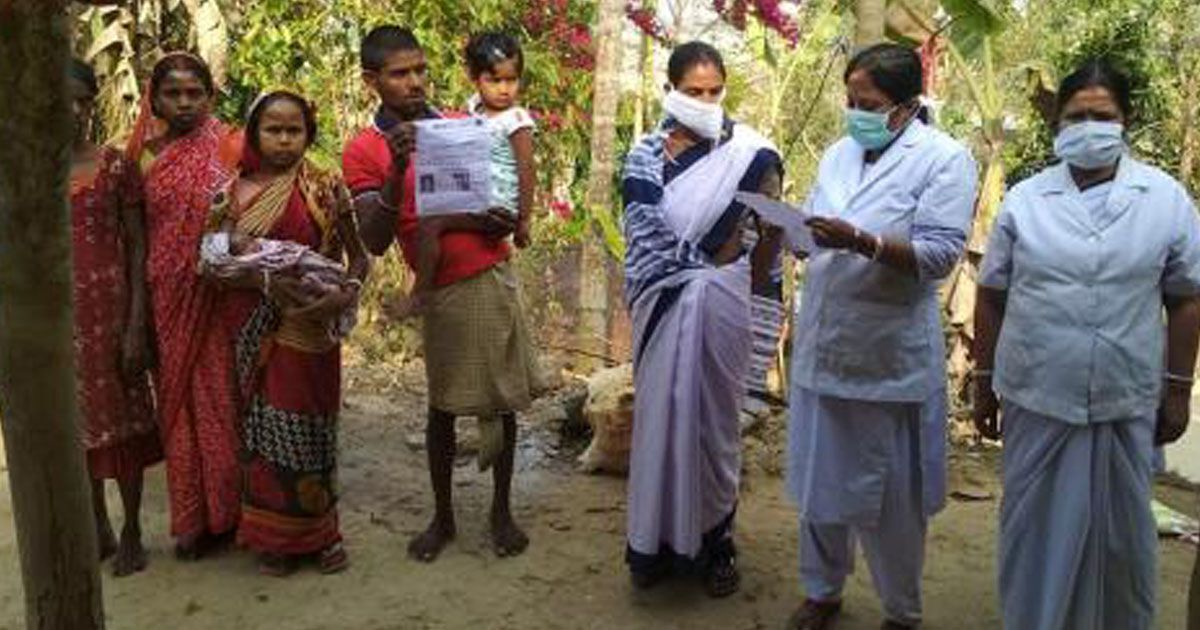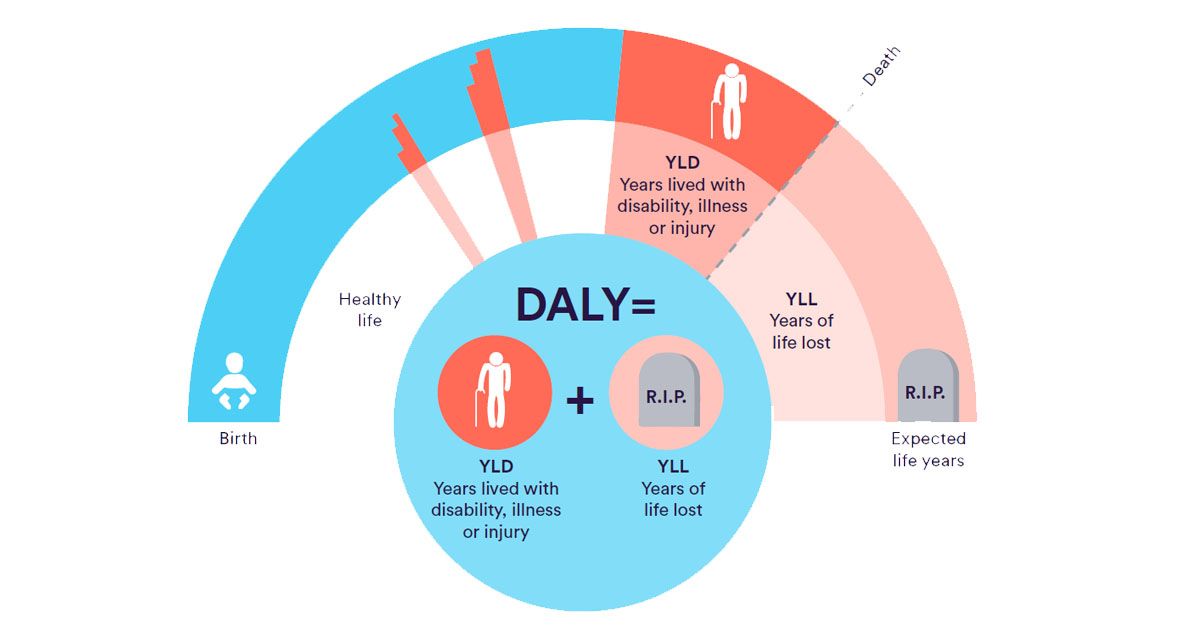
Bhaswat Kumar Das
The pattern of disease burden in the North-East has been changing.
According to the WHO, disease is any harmful deviation from the normal structural or functional state of an organism, generally associated with certain signs and symptoms and differing in nature from physical injury. A diseased organism commonly exhibits signs or symptoms indicative of its abnormal state. Infectious diseases are disorders caused by organisms such as bacteria, viruses, fungi or parasites. Many organisms live in and on our bodies. They’re normally harmless or even helpful. But under certain conditions, some organisms may cause diseases.
The pattern of disease is not static; it changes from time to time. It’s not only caused by organisms but also based on food habits, lifestyle, pollution and other environmental factors. Information about burden of disease is very important from the public health point of view to provide the necessary services to the patient. The entire planning process in the health sector is based on it and it is also seen that the focussed area in the health sector changes from time to time. While we observed that maternal and infant deaths were a cause of concern for most states in India during the period between 1990 to 2010, by 2019, the scenario changed in many states.
The Disability Adjusted Life Years (DALY) index and Years Lived with Disability (YLDs) index due to different diseases is published by the ICMR periodically. They publish the information through a ranking of 22 diseases. Back in 1990, the ranking of the first five diseases for DALY in India were maternal and neonatal, respiratory infections and TB, enteric infections, other infectious and cardiovascular disease. In 2019, the ranking was cardiovascular disease, maternal and neonatal, respiratory infections, chronic respiratory diseases and neoplasm. The scenario of DALY for Assam in 1990 and 2019 has been alike, except for the one change in 2019. Instead of chronic respiratory diseases, it was digestive diseases. However, the disease pattern of other Northeastern states is different from India.

There are many risk factors associated with cardiovascular disease. Some risk factors cannot be modified, such as family history, while other risk factors like high blood pressure can be treated and modified. According to the World Heart Federation, a person does not necessarily develop cardiovascular disease if he has a risk factor. The risk factors can be modified by taking action for preventing the disease. Non-communicable disease is one of the prime focus areas at present in the public health perspective and the policy of the MoHFW (Ministry of Health and Family Welfare) also changes accordingly.
To reduce the burden of cardiovascular disease, the emphasis of health promotion and prevention is designed to bring focus on keeping people healthy by engaging and empowering individuals and communities to choose healthy behaviours and make changes that reduce the risk of developing chronic diseases and morbidities. Hence, the Government of India has planned to convert 1,50,000 sub-centres and Primary Health Centres to Health and Wellness Centres under the Ayushman Bharat scheme. Community screening for diabetes and hypertension for all population above 30 years has been already started through these centres to identify the population suffering from the disease unknowingly and to initiate the treatment accordingly. Yoga is also promoted among the community through these health centres so that the community can become healthy and avoid lifestyle related diseases.
To reduce the burden of disease, awareness-generation among community through convergence with the concerned departments is very important and the result will be fruitful. Changing people’s behaviour is not an easy task but with efforts from the health department and through community participation, better results can be sought and the burden of disease can be reduced.
